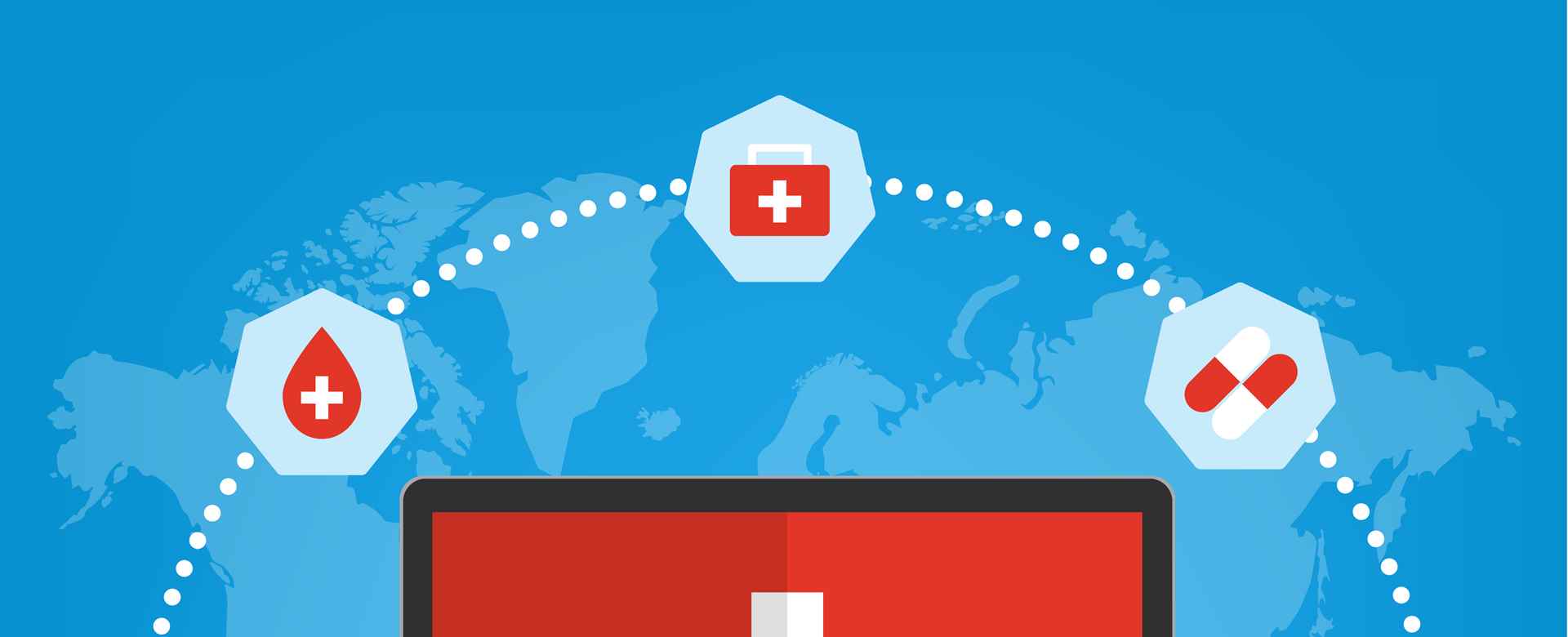The 1990s movie “Total Recall” stars Arnold Schwarzenegger playing a man who isn’t sure if the experiences he had on Mars were real or from memory implants. The movie includes some technology which at the time was futuristic. For example, body scanners like those utilized by the airport TSA were shown in the movie, and now you can find them in every major airport in the United States.
In the healthcare industry, telehealth was once thought of as futuristic. These days, however, it plays an important role in the industry and is increasingly in demand due to its convenience and cost-effectiveness. It increases access to care and reduces travel time, especially for people living in rural areas. It also can decrease the number of hospital stays and improves communication between clinicians. Comprised mostly of remote patient monitoring, video conferencing, mobile health and the electronic transmission of medical information via a secure transmission, telehealth is commonly used in the medical fields of dermatology, urology, chronic disease, intensive care and mental health.
Approximately 89 percent of healthcare leaders expect telehealth to transform U.S. healthcare in the coming decade, and 74 percent of surveyed patients say they would use those services. This is especially true for millennials, 60 percent of whom say they support the use of telehealth to replace in-office physician visits. One study concluded that telehealth could generate $6 billion in yearly healthcare cost savings for employers in the U.S., while a similar survey reported that 94 to 99 percent of respondents were “very satisfied” with telehealth.
As we start a new year, let’s take a look at a few of the trends shaping the future of telehealth, including its increased utilization across the country.
Government in Action
The U.S. government puts forth extensive rules and regulations for the healthcare industry, and telehealth is not exempt. In a recent report to Congress, the Centers for Medicare & Medicaid Services (CMS) stated that telehealth laws limit the service as a healthcare option. The report also noted that “telehealth could play an important role in achieving the goals associated with value-based models by providing clinically-indicated, high-quality, ‘anytime, anywhere’ care to Medicare patients.” Currently, Medicare only pays for telehealth services if an enrollee is in a rural area that has a shortage of healthcare professionals.
From recent actions by the government, it appears that attempts will continue to be made to introduce telehealth into more mainstream areas of healthcare. The CY 2019 finalized revisions related to the Physician Fee Schedule (PFS) released by CMS on November 1 include changes that expand telehealth services for Medicare beneficiaries. A report issued by the current administration, "Reforming America's Healthcare System Through Choice and Competition,” includes multiple recommendations on using telehealth services to help improve the country’s healthcare system.
Making Healthcare Mobile
An estimated 90 percent of adults under the age of 65 have smartphones, so it’s no surprise that more and more people are employing mobile technology to help manage their health; this integration of mobile technology and healthcare is referred to as mHealth. The benefits of utilizing mHealth technology include increased productivity, improved data accuracy, enhanced doctor to patient communication, easier access to data and better ability to reach patients in remote locations. Approximately 93 percent of physicians believe mHealth apps can improve patients’ health.
mHealth enables healthcare consumers to engage in telehealth away from the hospital setting, and this trend doesn’t seem to be stopping anytime soon. These services provide more convenience and let people take a more active role in their own health. A recently released report predicts there will be “increased interest in cases in which patients are not being cared for directly but are participating in their care through passive monitoring or active engagement with their care team.”
Increased Utilization
With greater uses emerging for telehealth, the number of hospitals and other healthcare providers that utilize it will almost certainly continue to increase. Forbes predicts that digital health tech catering to out-of-hospital settings will grow by 30 percent to more than $25 billion globally by end of 2019. A survey of healthcare leaders conducted by the Center for Connected Medicine notes that all health systems expect an increase in telehealth use over the next three years, with 45 percent expecting a significant increase of 10 percent or more.
The increase in patient access fostered by telehealth services is supported by the American Hospital Association and many healthcare executives. In a survey of such executives, 90 percent of respondents said they were in the process of developing or implementing a telehealth program.
Exhibiting Innovation
Telehealth will be just one of the topics for discussion during CES, the annual event produced by the Consumer Technology Association. The Digital Health Summit portion of the conference, scheduled for January 8-11, 2019 at the Sands Expo in Las Vegas, is sure to showcase some of the biggest advancements in telehealth and how they will shape the future of the healthcare industry.
Read more healthcare news and how it can affect you on the AMR blog.
Sign up for Updates:
Privacy Details
By submitting this form, you are consenting to receive marketing emails from: Advanced Medical Reviews, LLC. You can revoke your consent to receive emails at any time by using the Unsubscribe link, found at the bottom of every email.
